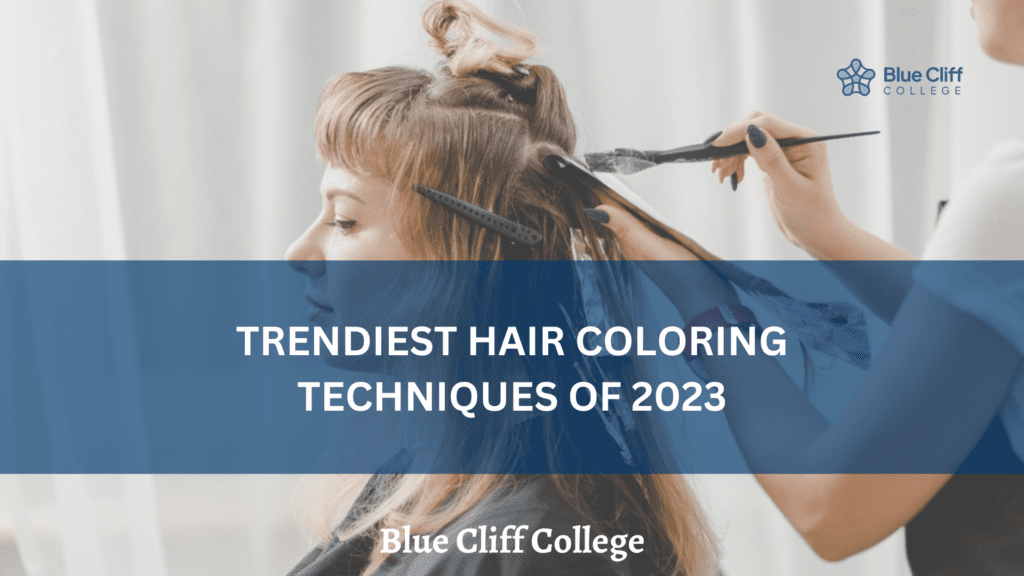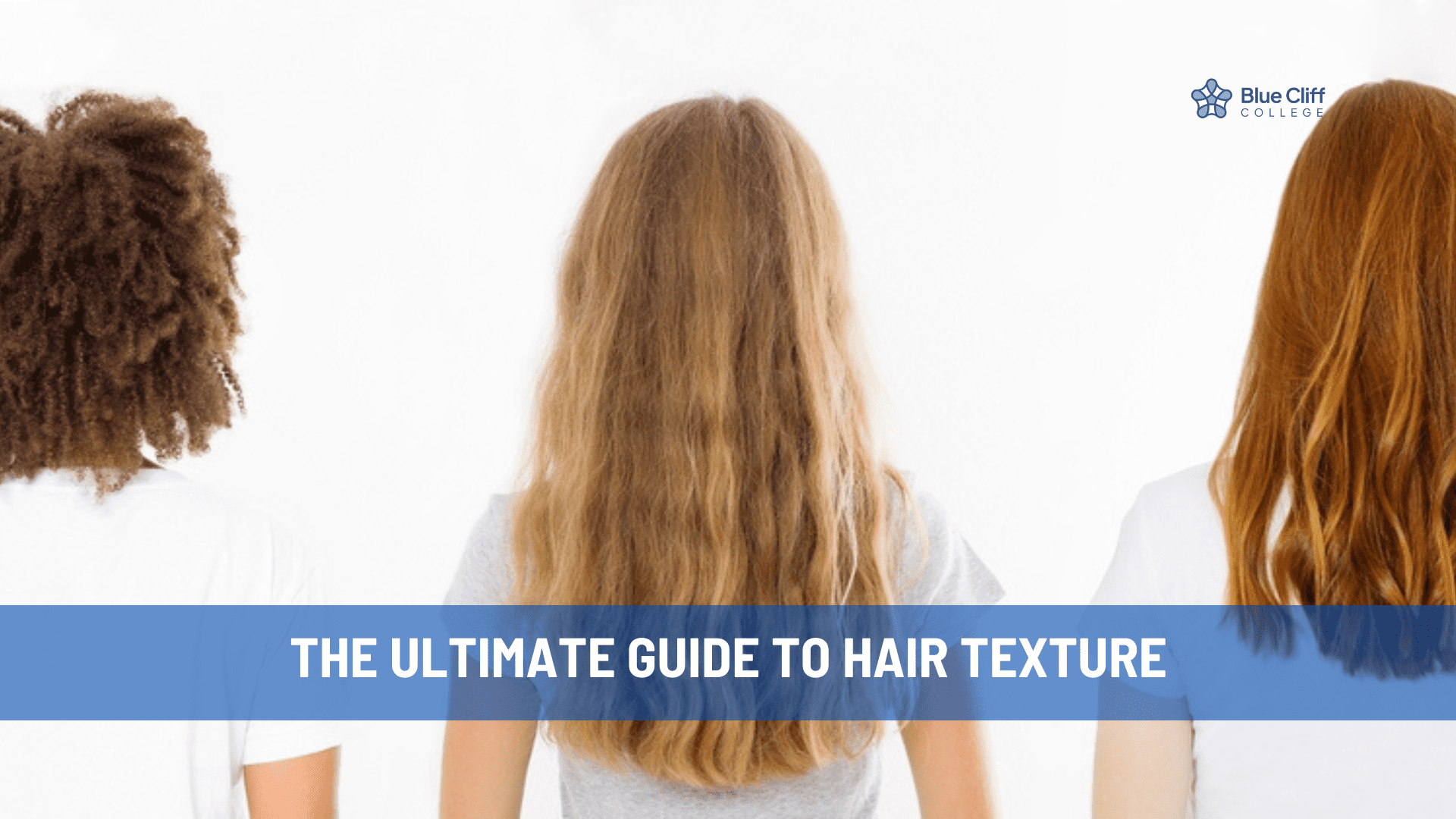Are you ready for a change? Learn all about this year’s trendy coloring techniques and find your new look.
We’ve all felt the urge to completely reinvent ourselves, starting with a brand new hairstyle. It’s a fun experience and can completely boost your confidence, but it’s important to do your research before you make the leap. There’s a lot to take into account when choosing a new hair color, including finding the right shade for your skin tone, choosing a hair coloring technique that will make you feel your best, and deciding what will complement your hair type.
Don’t worry, we’ll cover all that and more. Let’s find your new look.
Table of Contents
Hair Color History
Wanting to be able to choose our hair color and feel our best isn’t a new concept. People have been dying their hair for thousands of years, though it was a much different process. Some of the first known people to dye their hair were Ancient Egyptians, who used henna to cover their gray hair. This was followed by people in Ancient Greece and Rome, who used plant extracts for their hair coloring techniques.
The founder of L’Oréal, Eugene Schuller, is credited as the first person to invent synthetic hair dye in 1907 using para-phenylenediamine, a chemical that was discovered in the previous century. In 1947, Schwarzkopf launched “Poly Color,” the first line of hair dye that could be applied at home.
After all of these years and inventions, we’re finally led to the present day, when we have the most cutting-edge technology to achieve any hair color results that we want. Not only is it extremely accurate in allowing us to choose a very specific color and shade, but it’s also much safer. It’s now possible to maintain healthy hair and scalp while dying regularly, especially when treated to deep conditioning afterward.
How to Choose the Right Hair Color for Your Skin Tone
It’s sad to say, but not every skin tone can match every hair color perfectly. It’s not to say that you can’t dye your hair your desired color; you should choose whatever color you’re excited about. But in color theory, there are certain shades that are more suited for different skin tones. For example, a warmer blonde may fit better on someone based on their skin tone, and for others, a cooler blonde would be best.
Before we discuss hair color and techniques, let’s talk about how to find out what skin tone you have.
Find the Right Skin Tone
Figuring out your skin tone is very simple, and it can not only help you choose the right shade for your hair, but what color clothes and make-up will complement you the best. Beyond the basic categories of light, fair, medium, and dark, you need to look at the undertones of your skin, as well. This can be categorized as cool, warm, and neutral.
To start, make sure that you are in a naturally well-lit room so that your perception is not skewed by differing light sources. Next, flip your wrist over so that you can see your veins and observe the color. If your veins are blue, that generally means that your skin’s undertone is cool. If they seem to be green, that is an indication that your skin’s undertone is warm. If it’s a mix of both colors or difficult to determine, that typically shows that your skin’s undertone is neutral.
Other factors that can help you determine your undertones are whether or not you tan easily. Warmer and neutral skin tones generally tan better than cooler skin tones, which are prone to burning. You can also look at what type of jewelry you lean towards; gold complements warm skin tones, and silver looks great on cool skin tones. If both colors are flattering, then there’s a good chance that your skin tone is neutral.
Best Hair Colors For Your Skin Tone
- Warm Skin Tones
Warm skin tones are flattered the most by warmer shades of blonde and brown. If you have lighter skin, this translates to honey blonde or caramel brown. The shades of red that are most complementary involve golden copper hues. - Cool Skin Tones
Cool skin tones tend to lean toward ashy and cool colors. For example, platinum, white blonde, dark espresso, and ash brown are ideal. Slightly warmer tones look great as well, like golden blonde or light chestnut brown. For reds, shades like burgundy or merlot work the best. - Neutral Skin Tones
Neutral skin tones are the most flexible with color. There aren’t many shades or colors that would be unflattering on this type of skin. The full range of the spectrum of blondes, browns, and reds can be experimented with, as well as any rainbow color, as well.
3 Tips to Choose a Hair Color for Your Skin Tone
Tip 1: Consider Your Eye Color
- Your eye color can dramatically bring out the best of your hair color.
- If you have blue or grey eyes, consider platinum and ashy shades.
- If you have green, brown, or hazel eyes, look at more golden hues.
Tip 2: Check Out Your Wardrobe
- The colors you have in your closet can help determine what your style is—and, by extension, help you figure out which hair color will best suit it.
- If you lean toward reds, oranges, yellows, or greens, consider strawberry or golden blondes, or auburn shades.
- If you see a lot of maroons, blacks, or blues, look at platinums, ashy shades, jet black, or burgundy.
- If you look great in reds, purples, grays, or turquoise, think about sandy blondes, or rich mahogany and chocolate shades.
Tip 3: Have Fun With It
As a general rule of thumb, the consensus is that if you have exceptionally fair skin, you should avoid darker colors that may wash you out. But if you’re really set on a specific color, or are excited about rainbow colors, go for it. At the end of the day, a new hair color isn’t only about looking good—it’s also about feeling good.
Trendy Hair Techniques and How to Get Them
When it comes to experimenting with hair color, there are so many gorgeous options to choose from. The key is to find a hair coloring technique that suits who you are and what you want to look like. The trendy hair coloring techniques of 2023 vary from very familiar to some that are well-kept secrets.
- Interior Shadow: a hair color technique that subtly changes between dark roots and lighter ends. This is achieved by stretching out the hair dye for the full length of the hair and then lightening the ends.
- Money Piece: a hair color technique that applies hand-painted color to the pieces of hair that frame the face in the front.
- Lowlights: a hair color technique that is similar to highlights, but is created by adding darker strands to deepen the color.
- Balayage: a hair color technique that can be used to get an ombre gradient starting at the bottom and feathering up toward mid-length. This technique usually involves free-hand painting.
- Sombré: a hair color technique that is a subtler version of ombré that fades between two similar colors. This technique involves highlights starting a couple of inches from the top and slowly brightening at the ends.
- Two-Tone Hair Coloring: a hair color technique that involves the use of two different colors to add dimension. The technique for two-tone hair coloring can vary, depending on the desired look.
- All-Over Hair Color: a hair color technique that uses one solid color for all of the hair. This is one of the more simple techniques of brushing on one color.
Choosing the Right Color and Technique for Your Hair Type
Depending on your type and length of hair, certain colors and techniques can really make your hair shine. If you have thin hair that could use some more volume, applying a technique that can add dimension will give you the look of more body. A popular method for curly hair right now is balayage, because the color can be hand-painted onto the individual curls in a way that makes them pop more. Straight hair is a neutral tapestry, so some of the wilder hair techniques won’t be too much on that hair type.
There are a lot of factors that go into choosing the right color and technique for you. From skin tones to wardrobe to eye color, it’s all important. But what’s most important is finding a color and technique that you love. Experimenting with your hair is fun, and trying different techniques and colors is what it’s all about. You have all of the tools and information at your disposal to make an informed decision for what will look the best on you—all that’s left is booking an appointment.
Become a Licensed Cosmetologist
If you want to learn more about how to do these hair coloring techniques for yourself, or just have a passion to help others look their best, a career in cosmetology could be in your future. At Blue Cliff College, you can learn about cosmetology from the experts, get hands-on cosmetology training, and earn your own cosmetology license.
Enroll now or contact us to learn more about this program and others that are offered by Blue Cliff College.





